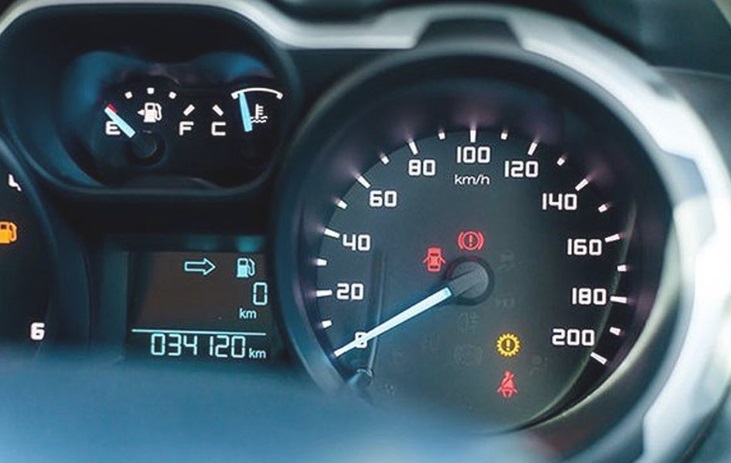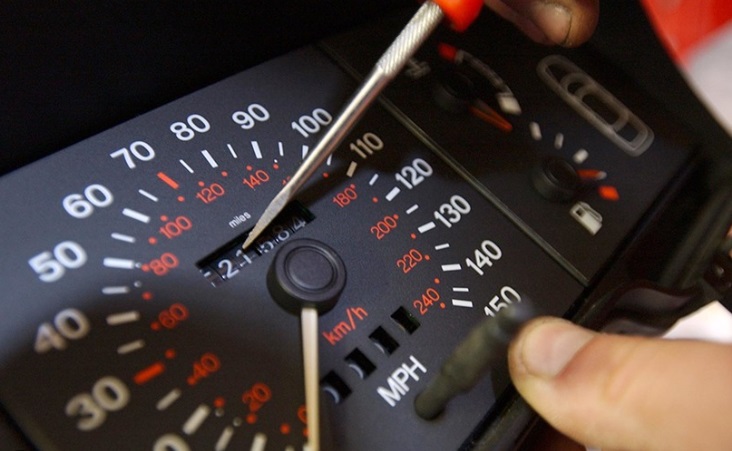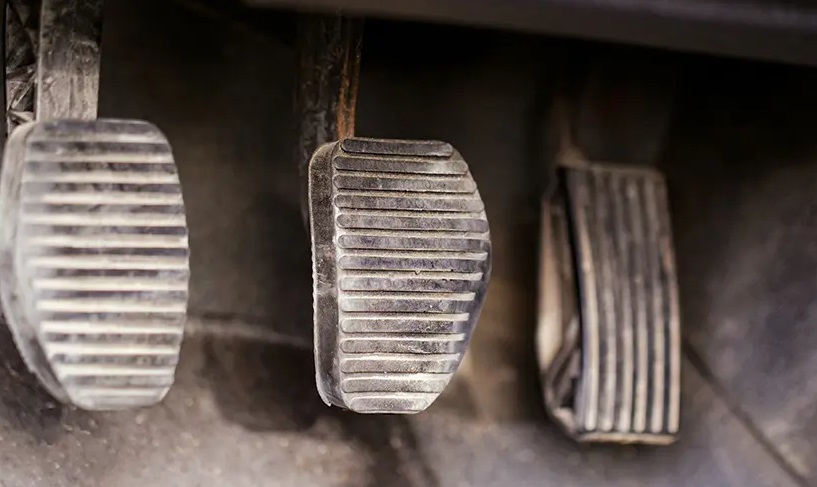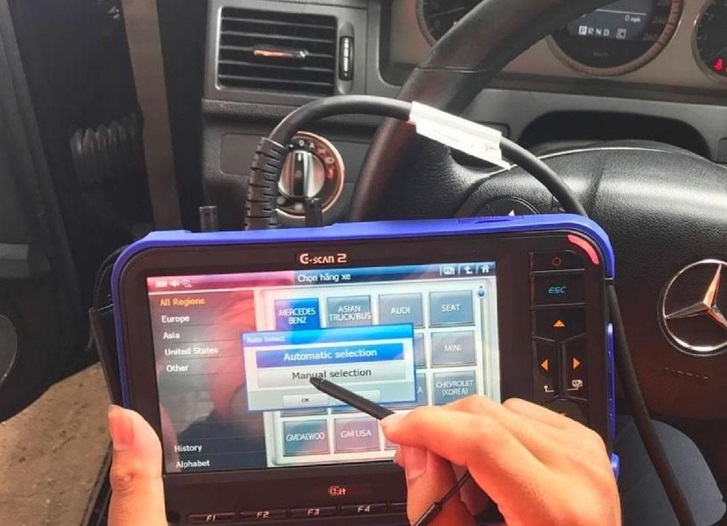In the used car market, the mileage on the odometer is a crucial factor that impacts the selling price.
For instance, vehicles of the same model and year, but with lower mileage, tend to have higher prices. This implies that the higher the mileage on the odometer (odo), the lower the value, and vice versa.
Nowadays, many individuals opt for used cars to save costs while still enjoying the experience of driving modern car models. However, buyers often encounter the issue of tampered odometers, which significantly increase the prices of these vehicles.
This not only constitutes dishonest business practices but also has an impact on the car’s safety, including engine components, engine wear, and deterioration of functions over time.
Buyers should bear in mind a few tips to avoid purchasing cars with tampered odometers.
Evaluate the actual condition of the car
Used cars that have been utilized as service vehicles and are now being sold often have reversed mileage because they frequently operate at high frequencies.
Typically, personal-use cars exhibit odometer readings ranging from 10,000-20,000 km per year. On the other hand, service cars usually have odometer readings that are three to four times higher than those of regular cars.
Therefore, if the cars for sale are claimed to be service cars but have lower odometer readings, there is a high possibility that their mileage has been tampered with.
Check the vehicle maintenance log
One commonly-used method to determine if a car has a tampered odometer is to examine the vehicle’s maintenance log, which contains information about the actual mileage of the car.
Each car has its own maintenance log. During servicing, technicians record the car’s mileage in the logbook. When buying a used car, buyers should request the seller to provide the maintenance log for inspection. If the seller refuses, it is highly likely that the car has some undisclosed issues.
Observe the car’s details and parts
In order to assess the car’s condition, buyers need to carefully observe the area around the doors. Particularly, if they notice that the paint on the step when opening/closing the door appears too scratched or too new compared to the car’s age, they should suspect that the car’s odometer has been tampered with.
In addition, buyers should try opening/closing the door and check whether it feels solid or loose. A loose door indicates that the car has been in use for a considerable amount of time.
If a car has been heavily utilized, the control pedals, gear lever, and handbrake will exhibit noticeable signs of wear. If the degree of wear exceeds the displayed mileage on the car, buyers should suspect that the car’s odometer has been adjusted. Conversely, if the pedals appear too new, they may have just been replaced.
When purchasing a used car, buyers should also carefully observe and inspect the nuts inside the engine compartment. If the screws seem worn, greasy, and show indications of having been loosened multiple times, it suggests that the car requires regular repairs.
Alternatively, if the car utilizes a mechanical odometer and the odometer’s face appears scratched, old, smudged with fingerprints, and the surrounding clamps and screws are loose, it may have been tampered with.
For vehicles with electronic odometers, specialized tools, machinery, and software are required for inspection.
Test drive the car
In order to accurately assess the car’s actual condition, buyers still need to test drive it. Even if the odometer has been reverse-matched, overhauled, or repaired multiple times, the quality of extensively-used cars cannot be compared to that of less utilized ones. The weaknesses of the car will become apparent during a test drive.
Consultants advise performing test drives on rough roads, highways, while maximizing the use of the air conditioning. This will help buyers easily identify problems in the chassis and engine.
TH (Tuoitrethudo)

















































